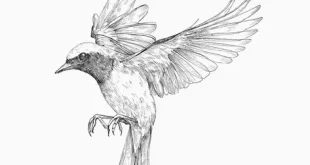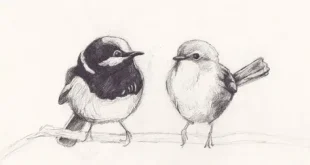What Makes Beautiful Crane Birds So Remarkable in the USA
1. Introduction to the Beautiful Crane Bird
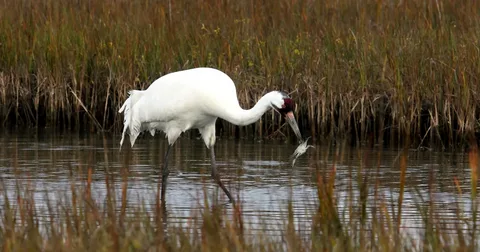
The Beautiful Crane Bird is one of the most graceful and majestic creatures in the avian world, admired for its tall stature, long slender neck, and elegant movements. These fascinating birds are often associated with peace, prosperity, and longevity in various cultures, symbolizing harmony between nature and life. Crane Bird are also known for their unique vocalizations, elaborate courtship dances, and impressive migratory patterns.
2. Physical Appearance and Unique Traits
Their plumage varies among species but usually features shades of white, grey, black, and sometimes vibrant red or golden markings on the head and crown. One of their most fascinating traits is their spectacular courtship dance — a combination of leaping, bowing, and wing-flapping that expresses joy, bonding, and love.
Beautiful Crane Bird also possess a loud, trumpeting call produced by their elongated trachea, which can carry over great distances. Their keen eyesight allows them to spot predators and food sources from afar, making them highly adaptable in diverse habitats. From wetlands and grasslands to agricultural fields, cranes thrive in environments that offer both shelter and abundant food resources.
3. Habitat, Diet, and Lifestyle
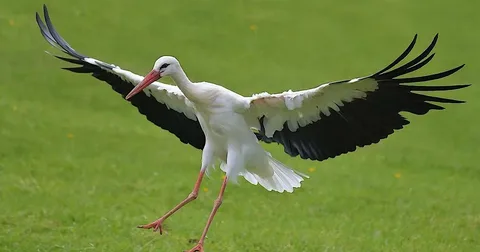
Beautiful Crane Bird are versatile birds found in a variety of landscapes, including marshes, river valleys, wetlands, and grasslands. Depending on the species, their habitats may range from the snowy tundras of Siberia to the tropical wetlands of Africa.
Their diet is equally diverse, as cranes are omnivorous feeders. They consume a combination of grains, seeds, roots, insects, amphibians, small reptiles, and aquatic creatures. This dietary flexibility enables them to survive in changing ecosystems and adapt to different climatic conditions.
These journeys are among the most remarkable feats in the animal kingdom, showcasing the birds’ strength, endurance, and remarkable navigation abilities.
4. Symbolism and Cultural Significance
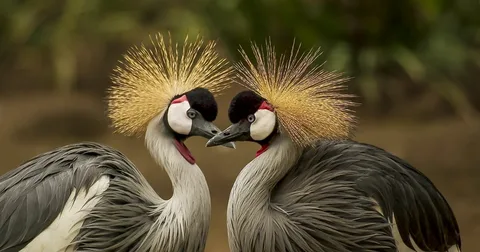
Throughout history, cranes have held deep symbolic meanings in different cultures around the globe. The belief that cranes live for a thousand years has inspired the famous origami crane, a representation of peace and eternal life.
This deep cultural admiration has greatly contributed to the preservation and protection of crane species.
5. Conservation and Protection Efforts

Despite their grace and symbolic value, cranes face numerous threats to their survival, including habitat loss, hunting, pollution, and climate change. Out of the 15 known crane species worldwide, several are classified as endangered or critically endangered by the International Union for Conservation of Nature (IUCN).
Conservation organizations around the globe are working tirelessly to protect crane populations. Protected wetland reserves, sustainable farming practices, and global awareness campaigns have significantly improved their chances of survival. For example, sanctuaries such as the Keoladeo National Park in India and the International Crane Foundation in the USA have become crucial safe havens for these majestic birds.
Community-based initiatives and educational programs also encourage local populations to participate in crane-friendly practices, ensuring that these beautiful creatures continue to thrive for generations to come.
Beautiful Crane Birds in the USA
Cranes are admired across the USA for their elegant movements, tall stature, and remarkable behavior displayed throughout diverse wetland habitats. These beautiful birds are often seen gliding gracefully above marshes, where their long wings and slender necks create a visually impressive image for nature lovers. Many visitors travel specifically to observe cranes gathering in large migratory groups, forming breathtaking scenes across open landscapes. focusing heavily on habitat protection and responsible wildlife management efforts. These efforts help ensure that cranes continue inspiring people who appreciate their magnificent presence across thriving American ecosystems.
Conservation Significance and Behavior of Cranes
Cranes hold great significance in the USA because they help maintain healthy environments by feeding on insects, plants, and small aquatic creatures. Their feeding habits support balanced ecosystems, allowing other species to flourish across shared wetland habitats. These birds also display unique social behavior, often performing graceful dances involving coordinated movements and rhythmic calling patterns during courtship. Scientists study these impressive behaviors closely to understand communication methods and long-term survival strategies within crane populations. Public awareness programs encourage communities to support conservation work through responsible land use and increased habitat protection initiatives. Many wildlife observers feel inspired after watching cranes migrate across wide American skies, appreciating their resilience and the vital ecological role they continue playing in carefully preserved environments.
Conclusion
The crane bird is not just an extraordinary species in the natural world; it is a living emblem of grace, endurance, and harmony. From their elegant movements and symbolic significance to their incredible migrations and cultural reverence, cranes inspire awe and admiration across the globe. However, their continued survival depends on our collective responsibility to protect their habitats and ensure their safety.
 Birds Drawing Birds Drawing
Birds Drawing Birds Drawing

